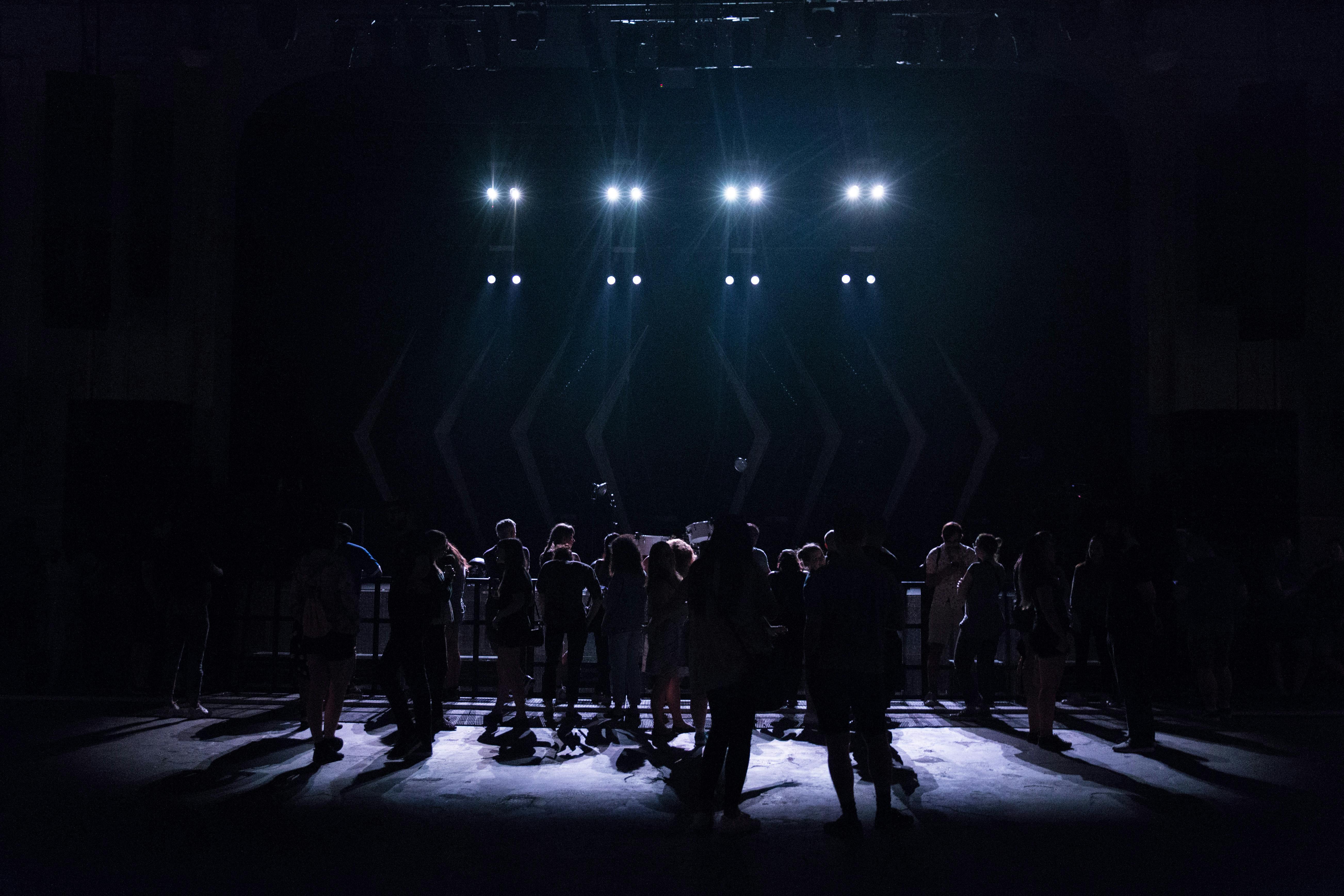Measuring audience response in small theaters
Small theaters can gain practical insight into audience reaction by combining simple observation, targeted surveys, and lightweight digital tools. This short overview outlines methods that fit limited budgets and staff, helping presenters refine programming across gallery-style installations, film nights, music events, or choreography showcases.

Small venues often rely on close contact with their communities, and measuring audience response there should be practical, affordable, and respectful of the artistic context. This article describes methods that work for intimate theater settings and hybrid events, whether a space stages a play, screens a film, hosts a music recital, or presents a visual installation. Emphasis is on collecting actionable data without disrupting performance flow: structured observation, short exit surveys, voluntary digital feedback, and unobtrusive analytics for livestreamed shows. Combining qualitative notes from curators or stage managers with simple quantitative metrics lets organizers better program future exhibitions, curate festival lineups, and negotiate licensing or collaboration terms grounded in evidence.
How do visual and audio metrics help measure audience response?
Visual and audio metrics give concrete signals about engagement in small theater contexts. Video analysis in a gallery or installation can track gaze and movement patterns, while ambient audio levels and applause duration provide indirect measures of attention and enthusiasm for film or music events. For choreography and staged work, recording subtle audience cues—laughter timing, silence length, and physical stillness—helps interpret reception. Small venues should prioritize consent and privacy when recording and rely on aggregated indicators rather than identifying individuals. Paired with qualitative reflections from staff and artists, these metrics create a balanced picture of how visual and sonic elements land with audiences.
What tools can small theaters use for live feedback?
Affordable tools for live feedback include short paper surveys at exit, QR codes linking to mobile forms, and single-question text or app prompts during intermission for streaming or hybrid events. Simple clicker-style devices or polling features in livestream platforms let organizers gather instantaneous reactions without interrupting performance. In gallery or installation settings, comment books and tagged sticky notes encourage reflective responses that capture visual impressions. Choose tools that match the event: a one-question rating works for a late-night film screening, while open-text prompts may be better for experimental installation or choreography where nuance matters.
How to use surveys, observation and curation data
Design brief, focused surveys: two or three core questions about satisfaction, memorable moments, and likelihood to return or recommend. Pair these with observational logs from front-of-house staff, curators, or volunteer ushers who note audience flow, dwell time in exhibition zones, and reactions at key scenes. For festival programming or gallery curation, aggregate responses across sessions to detect trends: which filmmakers or visual artists consistently hold attention, which performance blocks cause drop-off, or which installation elements generate conversation. Use consistent templates for observation and survey questions to enable comparison across months or seasons.
How does licensing and collaboration affect data collection?
Licensing terms for film or music can limit recording or dissemination of audience data, so confirm usage rights before capturing audio-visual feedback. Collaborations with visiting companies, guest curators, or podcast producers should include agreements on what audience metrics will be shared and how they will be used. Clear protocols protect artists and venues: anonymize recordings, store aggregated attendance figures separately from personal comments, and secure consent where required. Transparent data practices also make collaboration smoother, informing decisions about future bookings, co-presented festivals, or shared promotion while respecting licensing constraints.
Can streaming and podcast analytics extend audience insight?
Streaming platforms and podcast hosts provide additional analytics that small theaters can leverage when shows are broadcast or discussed online. Live stream watch time, drop-off points, and chat engagement reveal which segments hold remote viewers’ attention; podcast downloads and completion rates can indicate interest in themes tied to performances. Integrate these digital metrics with on-site feedback to form a fuller audience profile. For example, if a streamed panel sparks consistent post-show downloads of a related podcast episode, that relationship suggests programming opportunities that connect in-person and online audiences.
How to combine qualitative and quantitative methods for evaluation
Effective evaluation balances numbers and narrative. Quantitative measures—attendance counts, repeat visits, survey ratings, dwell times—reveal patterns across events, while qualitative data—audience comments, curator notes, artist reflections—explain why those patterns exist. Create simple dashboards tracking core KPIs, but keep an annotated log for contextual details that numbers miss. In small theaters, regular debriefs with staff and collaborating artists after performances turn observations into practical adjustments for curation, marketing, and technical setup. This mixed approach supports consistent improvements in programming and audience experience.
Conclusion
Measuring audience response in small theaters is achievable with a mix of unobtrusive observation, compact surveys, and selective use of digital analytics for streaming or podcast tie-ins. Attention to privacy, licensing, and clear collaboration agreements ensures that data collection supports artistic goals rather than imposing burdens. When venues combine systematic metrics with qualitative insights from curators, performers, and attendees, they can make informed choices about exhibition design, festival programming, and future collaborations without overwhelming limited resources.





